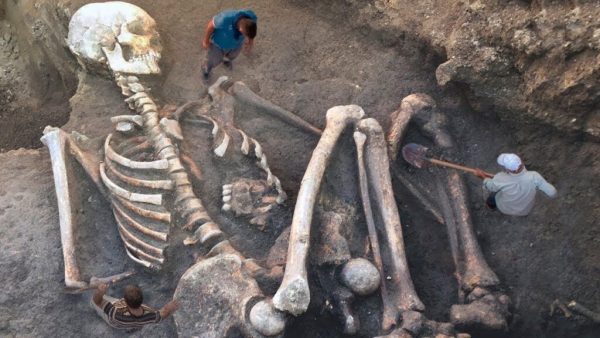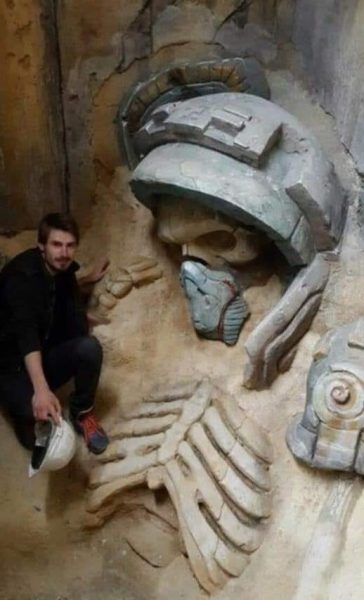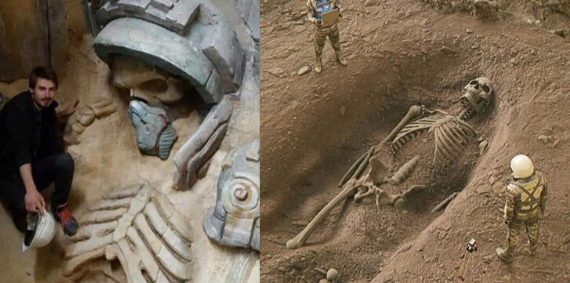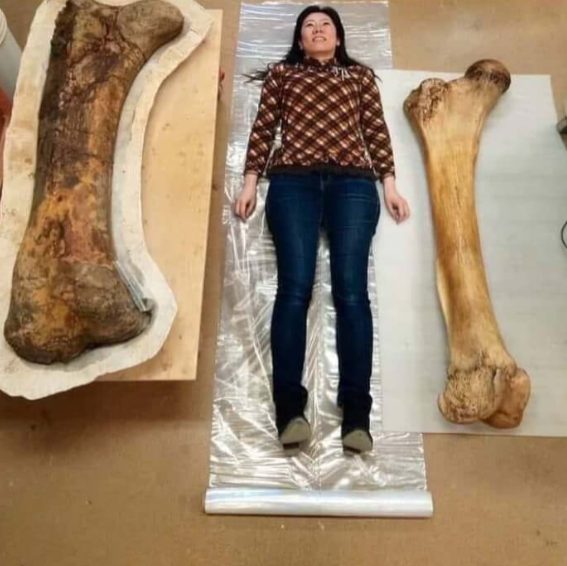The notion of discovering giant skeletons and the subsequent assertion that evidence of such findings is intentionally suppressed has become a popular but unfounded narrative in fringe theories and pseudoscientific circles.

It’s essential to approach such claims with a critical mindset, as they often lack credible scientific support and may stem from misinterpretations, sensationalism, or outright fabrications.
One example mentioned involves a group of geologists supposedly uncovering a tombstone with an unusual composition, including gold dust, granite dust, and tungsten, all allegedly manufactured using an unknown technology.

However, the lack of credible sources, verifiable evidence, and scientific validation raises significant doubts about the authenticity of such claims. Extraordinary assertions demand extraordinary evidence, and without proper scrutiny from the scientific community, these stories remain speculative at best.
Another commonly cited narrative involves the discovery of giant skeletons in Romania in 1976, where the skeletal remains were purportedly ten meters tall.

While the idea of such colossal humanoids would indeed be groundbreaking, it’s crucial to note that there is no credible scientific evidence supporting the existence of giants in the archaeological record.
Skeletal remains of such proportions would have profound implications for our understanding of human history, and any credible findings would undoubtedly undergo rigorous scrutiny within the scientific community.
Archaeology, as a discipline, adheres to stringent methodologies and standards. Extraordinary claims within this field necessitate robust evidence and validation through peer-reviewed processes. The absence of such scrutiny in the cases mentioned underscores the speculative nature of these narratives.

In conclusion, it’s important to exercise skepticism when encountering claims about extraordinary archaeological discoveries, especially those that challenge established scientific paradigms.
Relying on reputable scientific sources ensures a more accurate understanding of our past and helps distinguish between legitimate archaeological findings and unfounded speculations or conspiracies.





